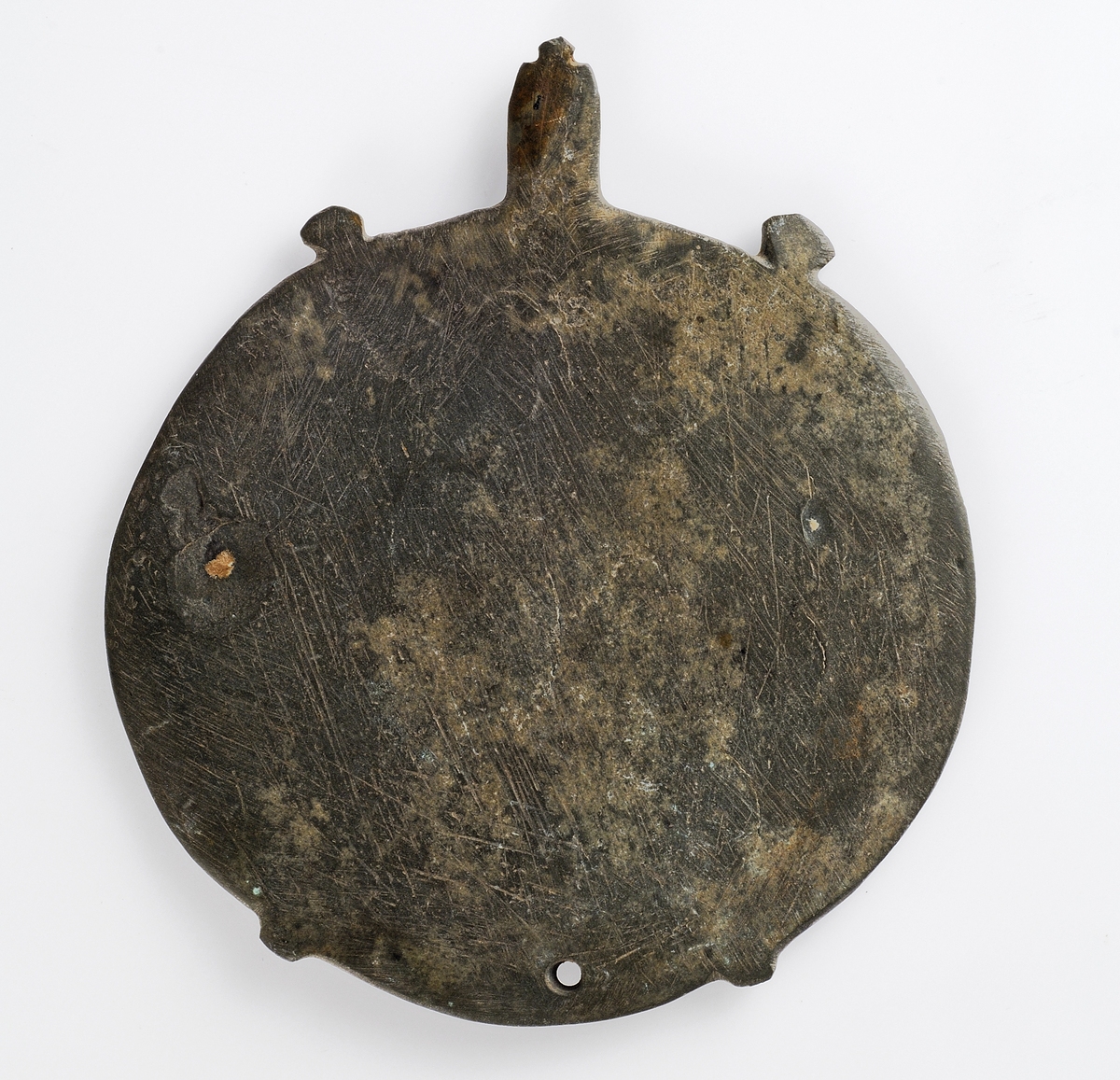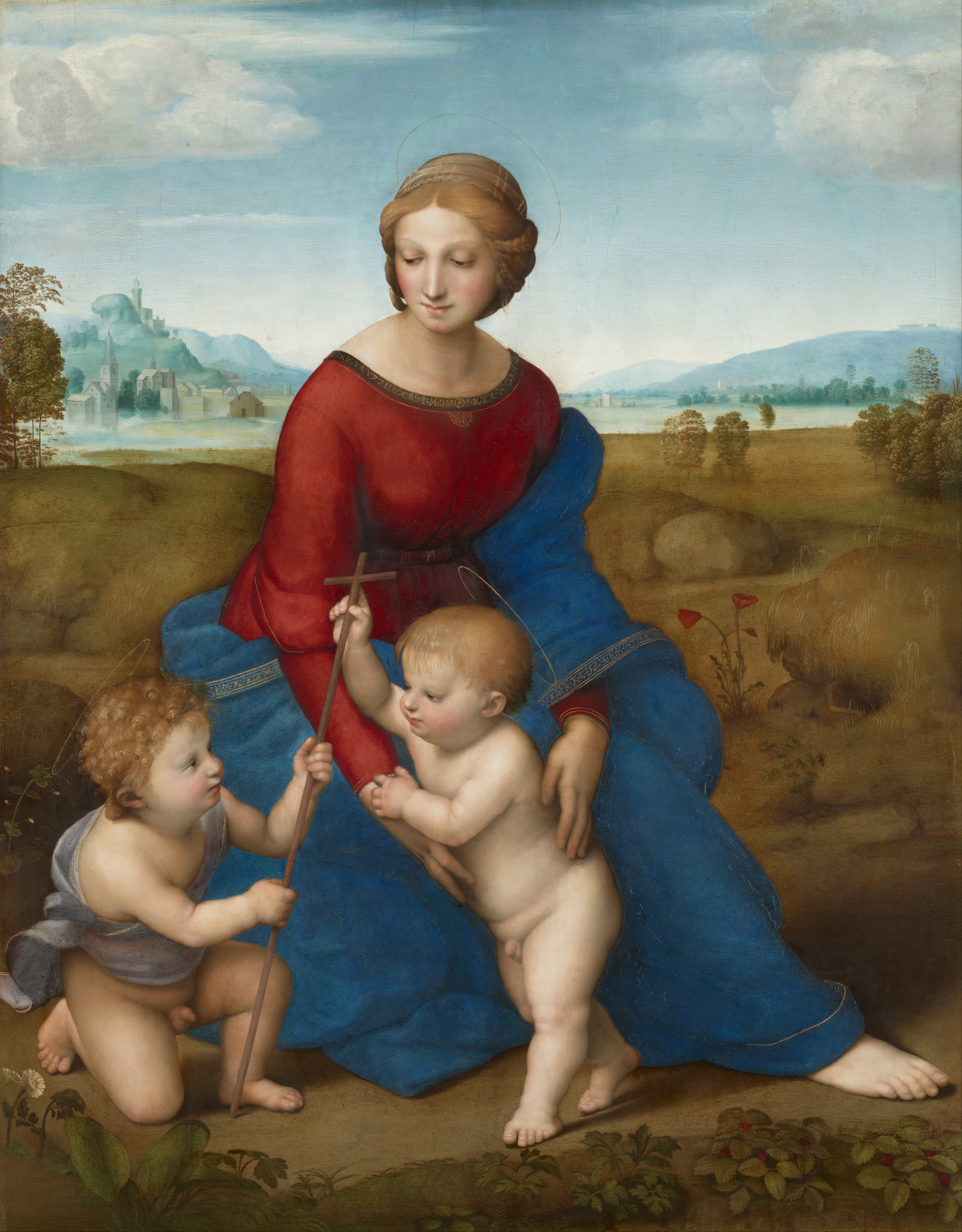|
Fish Cosmetic Palette
The fish palettes of predynastic Egypt are one of the common types of cosmetic palettes, or more specifically zoomorphic palettes, which are shaped in the form of the animal portrayed. The fish palettes are mostly ovoid in shape. The palettes are made mostly of schist, greywacke, mudstone, etc. Description The oldest cosmetic palettes from the Badarian, or Naqada I period are less adorned than later versions; also some gradation of ornateness should be considered for graves and tombs of less high-status individuals being interred, as these were common forms of grave goods during the Naqada periods. Most of the ovoid shaped fish were like the hieroglyphs later used, the Bulti Fish-(Gardiner's Sign List) K1, ''Tilapia nilotica'', K1, or a very ovoid form of the hieroglyph K5, K5. Example fish palettes Bulti fish, NCMA The North Carolina Museum of Art has a Bulti-fish palette, greywacke, with dimensions about 5 x 3.25 in. It is smaller than the large palettes, but has fins port ... [...More Info...] [...Related Items...] OR: [Wikipedia] [Google] [Baidu] |
North Carolina Museum Of Art
The North Carolina Museum of Art (NCMA) is an art museum in Raleigh, North Carolina. It opened in 1956 as the first major museum collection in the country to be formed by state legislation and funding. Since the initial 1947 appropriation that established its collection, the Museum has continued to be a model of enlightened public policy with free admission to the permanent collection. Today, it encompasses a collection that spans more than 5,000 years of artistic work from antiquity to the present, an amphitheater for outdoor performances, and a variety of celebrated exhibitions and public programs. The Museum features over 40 galleries as well as more than a dozen major works of art in the nation's largest museum park with 164-acres (0.66 km2). One of the leading art museums in the American South, the NCMA recently completed a major expansion winning international acclaim for innovative approaches to energy-efficient design. History In 1924, the North Carolina State Art Societ ... [...More Info...] [...Related Items...] OR: [Wikipedia] [Google] [Baidu] |
Ancient Egyptian Palettes
Ancient history is a time period from the beginning of writing and recorded human history to as far as late antiquity. The span of recorded history is roughly 5,000 years, beginning with the Sumerian cuneiform script. Ancient history covers all continents inhabited by humans in the period 3000 BCAD 500. The three-age system periodizes ancient history into the Stone Age, the Bronze Age, and the Iron Age, with recorded history generally considered to begin with the Bronze Age. The start and end of the three ages varies between world regions. In many regions the Bronze Age is generally considered to begin a few centuries prior to 3000 BC, while the end of the Iron Age varies from the early first millennium BC in some regions to the late first millennium AD in others. During the time period of ancient history, the world population was already exponentially increasing due to the Neolithic Revolution, which was in full progress. While in 10,000 BC, the world population stood ... [...More Info...] [...Related Items...] OR: [Wikipedia] [Google] [Baidu] |
Cosmetic Palette In The Form Of A Nile Tortoise
Cosmetic palette in the form of a Nile tortoise is Naqada culture Pre-Dynastic Egyptian antiquity, made of schist, dating to the 4th millennium BC and now in the collection of the Musée des Beaux-Arts de Lyon. It is a cosmetic palette in the shape of a ''Trionyx'' soft-shell turtle from the River Nile. See also * Zoomorphic palette The zoomorphic palette is a type of cosmetic palette made during the predynastic period of Egypt. The palettes are found at burial sites, for example Abydos in the second half of the 4th millennium BC. Overview The term ''zoomorphic'', or anim ... * Fish cosmetic palette Sources *Jean-Claude Goyon, L'Égypte antique : à travers la collection de l'institut d'égyptologie Victor-Loret de Lyon, Paris - Lyon, Somogy - musée des Beaux-Arts de Lyon, 2007, 120 p. ({{ISBN, 978-2-7572-0139-8). Antiquities of the Museum of Fine Arts of Lyon Archaeological discoveries in Egypt ... [...More Info...] [...Related Items...] OR: [Wikipedia] [Google] [Baidu] |
List Of Ancient Egyptian Palettes
A list of a small subset of ancient Egyptian palettes, ranging in the Naqada periods, 4th millennium BC, probably mostly from ~3500 to 3000 BC; some palettes may be from the later period of the earliest 3rd millennium BC. These cosmetic palettes come in numerous shapes and sizes, and were often found in tombs or graves. They were preceded by a period of palettes called rhomboidal palettes, unadorned, and without the ''cosmetic mixing circle'' found on some of the later Naqada period palettes. Alphabetical individual listing, (abbreviated) *Battlefield Palette *''"Two-bird headspalette (Brooklyn)"'' *"Bird palette (Louvre no XXX)"(bird-resting, on its feet) *Double-Bird Palette, (''"Anchor Palette"'') * Bull Palette *El Ahaiwah Dog Palette *Four Dogs Palette, Giraffes Palette * Oxford Palette''Minor Hierakonpolis Dogs Palette'' *"Fish palette (Louvre dolphin type)" *New Kingdom: Fish-shaped palette-(Bulti-hieroglyph type); Adorned fish side/ with cosmetic side for daily use. ... [...More Info...] [...Related Items...] OR: [Wikipedia] [Google] [Baidu] |
Crocodile
Crocodiles (family Crocodylidae) or true crocodiles are large semiaquatic reptiles that live throughout the tropics in Africa, Asia, the Americas and Australia. The term crocodile is sometimes used even more loosely to include all extant members of the order Crocodilia, which includes the alligators and caimans (family Alligatoridae), the gharial and false gharial (family Gavialidae) among other extinct taxa. Although they appear similar, crocodiles, alligators and the gharial belong to separate biological families. The gharial, with its narrow snout, is easier to distinguish, while morphological differences are more difficult to spot in crocodiles and alligators. The most obvious external differences are visible in the head, with crocodiles having narrower and longer heads, with a more V-shaped than a U-shaped snout compared to alligators and caimans. Another obvious trait is that the upper and lower jaws of the crocodiles are the same width, and the teeth in th ... [...More Info...] [...Related Items...] OR: [Wikipedia] [Google] [Baidu] |
Bas Relief
Relief is a sculptural method in which the sculpted pieces are bonded to a solid background of the same material. The term ''relief'' is from the Latin verb ''relevo'', to raise. To create a sculpture in relief is to give the impression that the sculpted material has been raised above the background plane. When a relief is carved into a flat surface of stone (relief sculpture) or wood ( relief carving), the field is actually lowered, leaving the unsculpted areas seeming higher. The approach requires a lot of chiselling away of the background, which takes a long time. On the other hand, a relief saves forming the rear of a subject, and is less fragile and more securely fixed than a sculpture in the round, especially one of a standing figure where the ankles are a potential weak point, particularly in stone. In other materials such as metal, clay, plaster stucco, ceramics or papier-mâché the form can be simply added to or raised up from the background. Monumental bronze reliefs ... [...More Info...] [...Related Items...] OR: [Wikipedia] [Google] [Baidu] |
Kunsthistorisches Museum
The Kunsthistorisches Museum ( "Museum of Art History", often referred to as the "Museum of Fine Arts") is an art museum in Vienna, Austria. Housed in its festive palatial building on the Vienna Ring Road, it is crowned with an octagonal dome. The term ''Kunsthistorisches Museum'' applies to both the institution and the main building. It is the largest art museum in the country and one of the most important museums worldwide. Emperor Franz Joseph I of Austria-Hungary opened the facility around 1891 at the same time as the Natural History Museum, Vienna which has a similar design and is directly across Maria-Theresien-Platz. The two buildings were constructed between 1871 and 1891 according to plans by Gottfried Semper and Baron Karl von Hasenauer. The emperor commissioned the two Ringstraße museums to create a suitable home for the Habsburgs' formidable art collection and to make it accessible to the general public. The buildings are rectangular in shape, with symme ... [...More Info...] [...Related Items...] OR: [Wikipedia] [Google] [Baidu] |
Naqada
Naqada (Egyptian Arabic: ; Coptic language: ; Ancient Greek: ) is a town on the west bank of the Nile in Qena Governorate, Egypt, situated ca. 20 km north of Luxor. It includes the villages of Tukh, Khatara, Danfiq, and Zawayda. According to 1960 census, it is one of the most uninhabited areas and had only 3,000 inhabitants, mostly of Christian faith who preserved elements of the Coptic language up until the 1930s. Archaeology Naqada stands near the site of a prehistoric Egyptian necropolis: The town was the centre of the cult of Set and large tombs were built there 3500 BCE. The large quantity of remains from Naqada have enabled the dating of the entire archeological period throughout Egypt and environs, hence the town name Naqada is used for the pre-dynastic Naqada culture 4400–3000 BCE. Other Naqada culture archeological sites include el Badari, the Gerzeh culture, and Nekhen. In Popular Culture In the Stargate franchise, alien civil ... [...More Info...] [...Related Items...] OR: [Wikipedia] [Google] [Baidu] |
Gill Slit
Gill slits are individual openings to gills, i.e., multiple gill arches, which lack a single outer cover. Such gills are characteristic of cartilaginous fish such as sharks and rays, as well as deep-branching vertebrates such as lampreys. In contrast, bony fishes have a single outer bony gill covering called an operculum. Most sharks and rays have five pairs of gill slits, but a few species have 6 or 7 pairs. Shark gill slits lie in a row behind the head. The anterior edge of a gill slit is motile, moving outward to allow water to exit, but closing to prevent reverse flow. A modified slit, called a spiracle, lies just behind the eye, which assists the shark with taking in water during respiration and plays a major role in bottom–dwelling sharks. Spiracles are reduced or missing in active pelagic sharks. While the shark is moving, water passes through the mouth and over the gills in a process known as "ram ventilation". While at rest, most sharks pump water over their gills ... [...More Info...] [...Related Items...] OR: [Wikipedia] [Google] [Baidu] |
Tilapia Nilotica
The Nile tilapia (''Oreochromis niloticus'') is a species of tilapia, a cichlid fish native to the northern half of Africa and the Levante area, including Israel, and Lebanon. Numerous introduced populations exist outside its natural range. It is also commercially known as mango fish, nilotica, or boulti. The first name leads to easy confusion with another tilapia which is traded commercially, the mango tilapia (''Sarotherodon galilaeus''). Description The Nile tilapia reaches up to in length, and can exceed . As typical of tilapia, males reach a larger size and grow faster than females. Wild, natural-type Nile tilapias are brownish or grayish overall, often with indistinct banding on their body, and the tail is vertically striped. When breeding, males become reddish, especially on their fins. Although commonly confused with the blue tilapia (''O. aureus''), that species lacks the striped tail pattern, has a red edge to the dorsal fin (this edge is gray or black in Nile tila ... [...More Info...] [...Related Items...] OR: [Wikipedia] [Google] [Baidu] |







